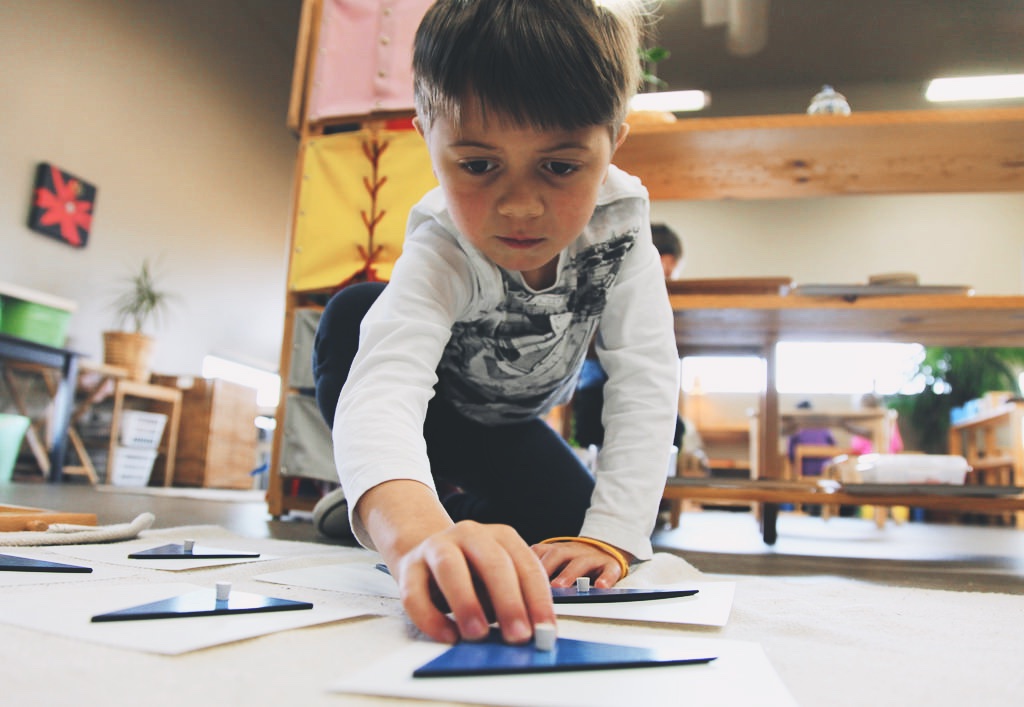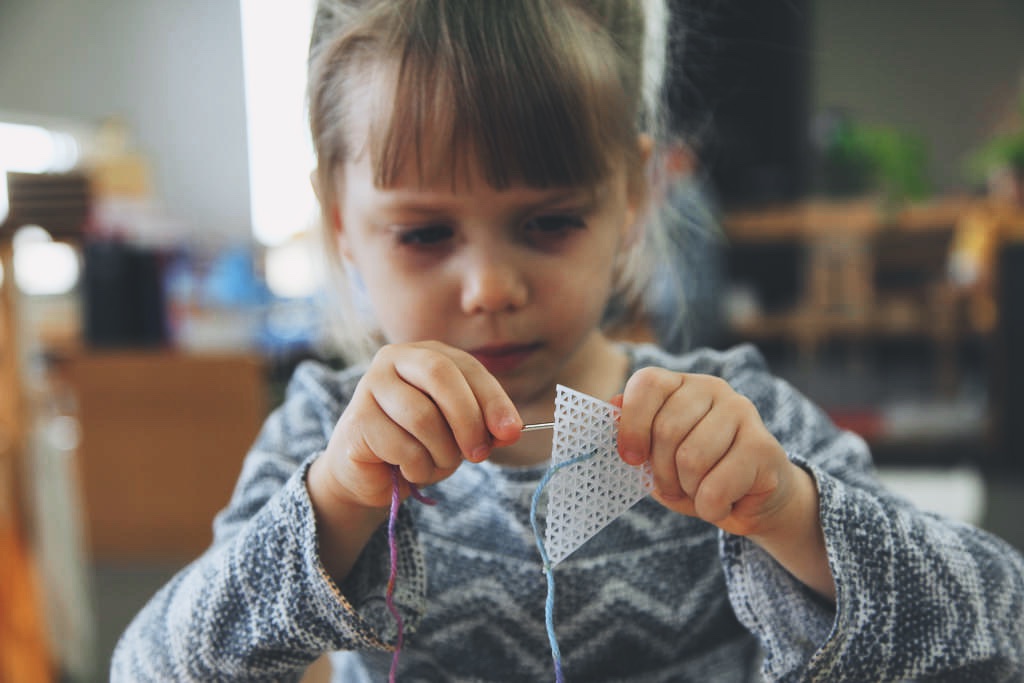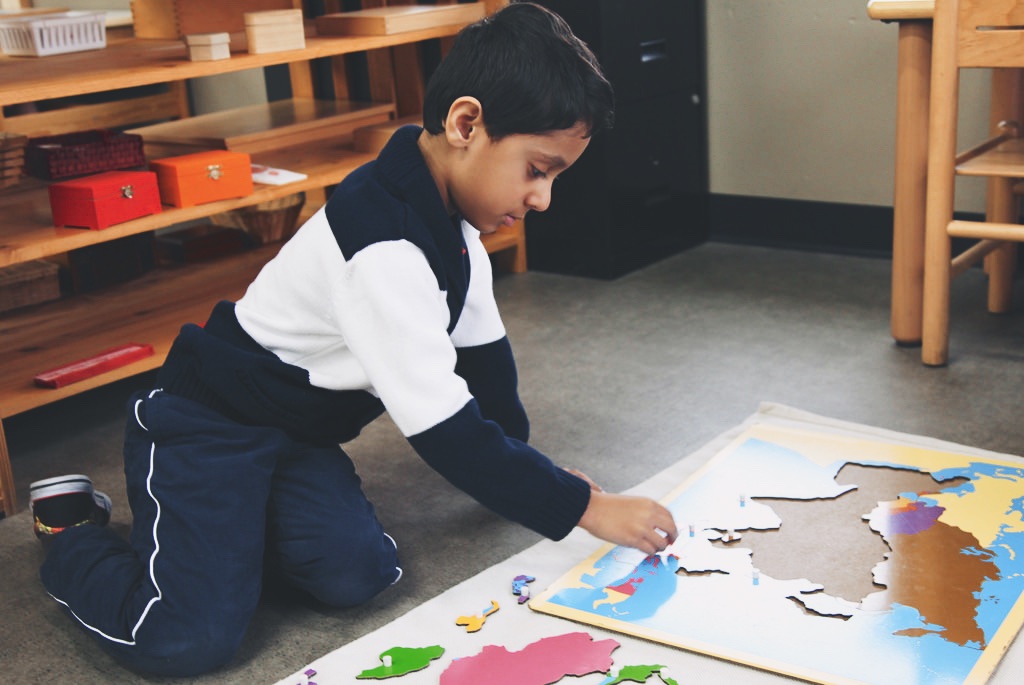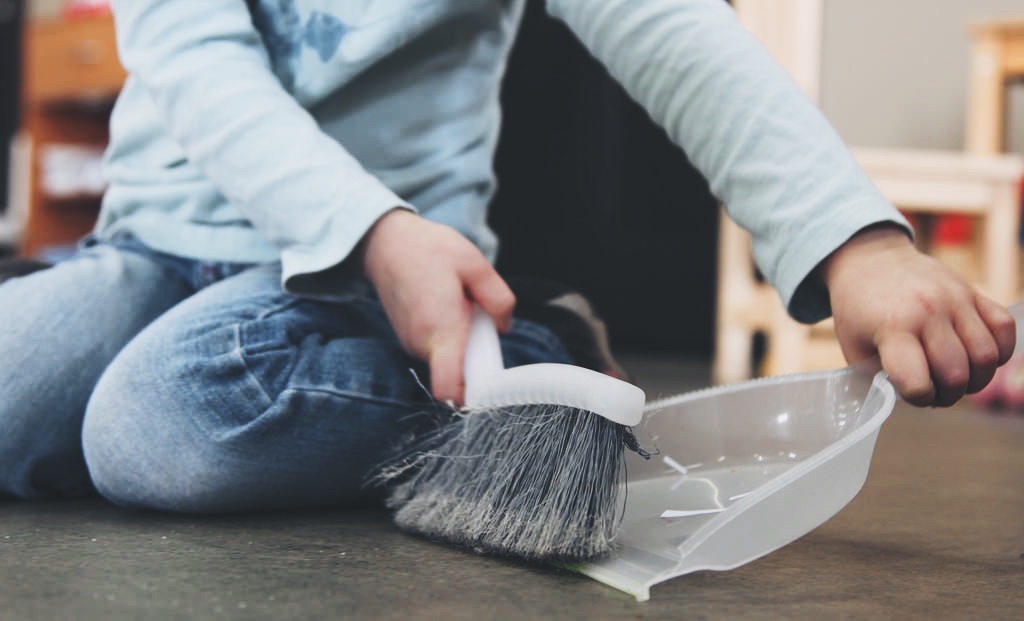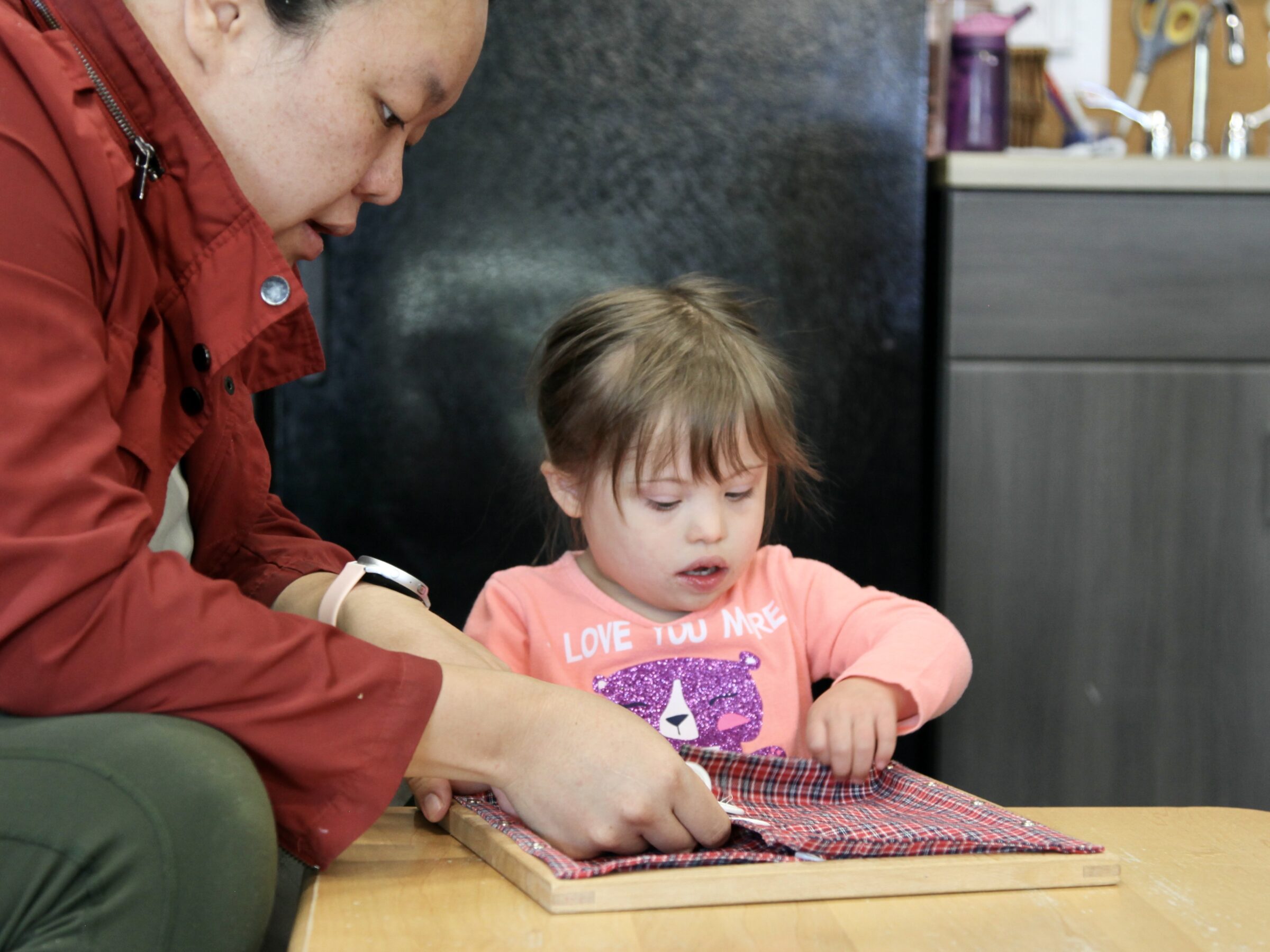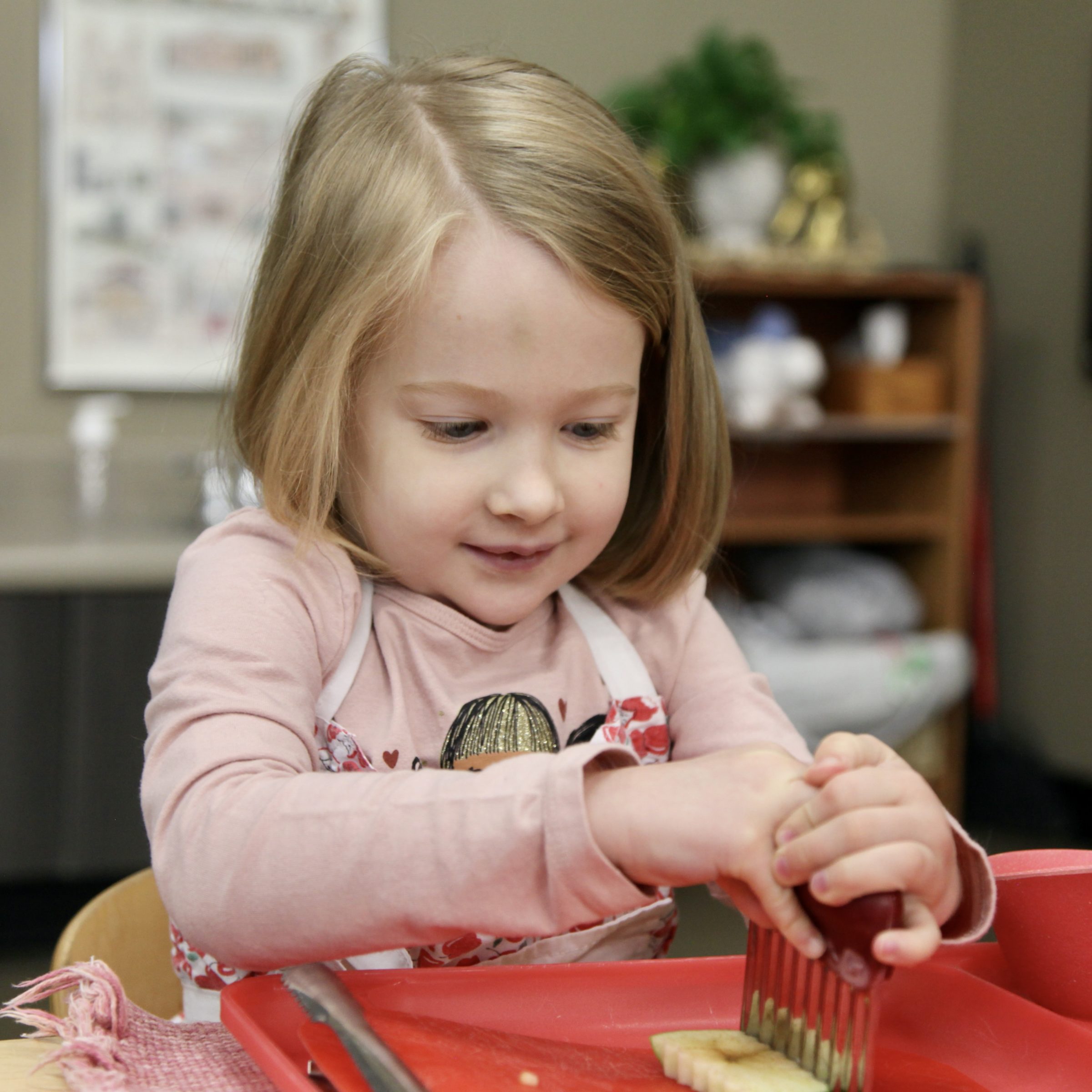Freedom and Discipline
Thoughts & Reflections
Freedom and Discipline are powerful words. They can elicit emotional reactions. They have personal and historical significance to individuals and nations.
They are integral to the Montessori classroom.
Sometimes, one of these qualities is viewed as ALL of Montessori. As in, Montessori, oh that’s that school where children do whatever they want all day. Or, as in, Montessori, that’s the place where the children are little robots.
Neither of these ends of the spectrum is the whole truth. Freedom and Discipline are two sides of the same coin. Neither is possible without the other. Both are capacities, gifts to the child, gifts the classroom, not adults, bestows on the child with the development of readiness. As with so many gifts, if they are given at the wrong time, they can present challenges to the child’s success and development. But if they are given at precisely the right moment, growing with the child, they can be transformative, a catalyst for amazing change.
From their very first days, children are given Freedoms and Disciplines. Let’s unpack the Freedom and Discipline highlighted in a simple concept. One of the most basic rules of the classroom is that a child can work with any work they have been shown for as long as they like, and that they return it to the shelf ready for the next person to use.
What Freedom! What Grace! Any work they’ve been shown?! What an abundance of choices! Ah, but there comes the Discipline. Any work they’ve been shown. On their first day, this might be a few puzzles and crayons for coloring. As they age, those initial materials are still available to them, but so are myriad materials in all areas of the classroom.
A Discipline for the younger child is resisting the incredibly strong temptation to take out work that have not been presented to them. This is one of the reasons we have Care of the Environment so emphasized: you can dust anything. Two-year-olds are called to the Bead Cabinet because of it’s beauty, and also because their heros are the ones using this material, the Oldest Children. Though presenting this advanced material to a very young child would be unfair and overwhelming to them, they can dust it, tidy the beads, make sure it is beautiful.
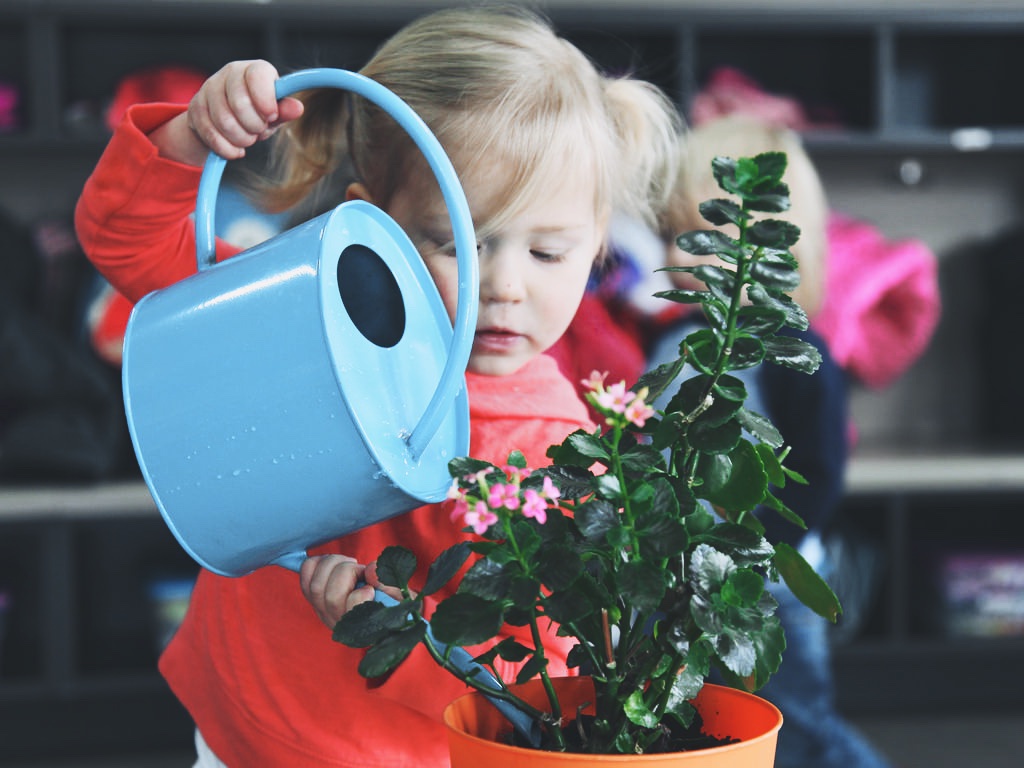
A Discipline for the older child is using the newer materials presented to them. Some days we are eager for a challenge, and want to work with the newest material presented, excited for what comes next. Other days, we want the comfort of something simple, a work that came easily, a work that feels like a warm hug.
The Freedom of Choice in the classroom means both these kinds of days are welcomed and met with just the right material. But the older child knows that they have many choices, whereas a younger, newer classmate might only have a few. Their compassion and empathy naturally encourage them to choose newer, perhaps more advanced materials most of the time, so their younger colleagues have all their work choices available to them.
The next piece of this rule which highlights both Freedom and Discipline is the aspect of time — the child can work with the material as long as they’d like.
Our morning work cycle is three hours long. A child could, and children have and will, work with the same material for the whole morning, cleaning up only to prepare for lunch. Children have been so passionately engaged with a work they leave it out overnight, eager to return to it the next day.
“As long as they’d like,” also doesn’t place a minimum time limit on the child’s work. If a child washes one table or all of them, the child’s satisfaction with their work is the metric by which we measure time.
If a child has a material out and is working with it appropriately, no one is going to take it from them. They will not be forced to “share.”
This also means that if a work is not on the shelf, it is not available to anyone. If a child comes in eager to work with Cards and Counters, but another child has it out, unfortunately, it’s not available. With very few exceptions, there is only one of each material in the classroom. Cards and Counters might be returned to the shelf in three minutes, in an hour, or at the end of the day. As no one will ask you to put your work away, you do not have the right to bother, encourage, demand your friend put away a work you’re interested in working with.
Sharing is unique in the Montessori classroom. When we demand of our children that they “share” something with a friend, it can create a fear that something they treasure will be taken away from them. It can also instill the idea that “sharing” means, “I want it, give it to me.”
We all want children to be gracious and compassionate. We want them to care deeply for their friends and to be generous when they have a treat or a special toy.
The way we support this in the Montessori classroom is through this Freedom and Discipline — nothing will be taken away from you, but if it’s on the shelf, it’s available to anyone who wants it.
“ We all want children to be gracious and compassionate. We want them to care deeply for their friends and to be generous when they have a treat or a special toy. ”
We’ve all experienced an emotional attachment to something even when it’s out of our hands. Have you waivered on a purchase, deciding to hold off for now, but then when you decide that sweater or pen or bag needs to be yours, it’s been sold? Sometimes it happens in front of you — you put something back on the shelf, only to see it eagerly snatched up by someone else. We might feel momentarily resentful, a little disappointed, but not panicked, or distraught.
What if, when you decided to purchase your treasured item and got in line, a store manager came up to you and arbitrarily decided it would go to someone else. Or that you get to have it for the next ten minutes, but after that, you’ve had enough time with it, and someone else gets to take it home.
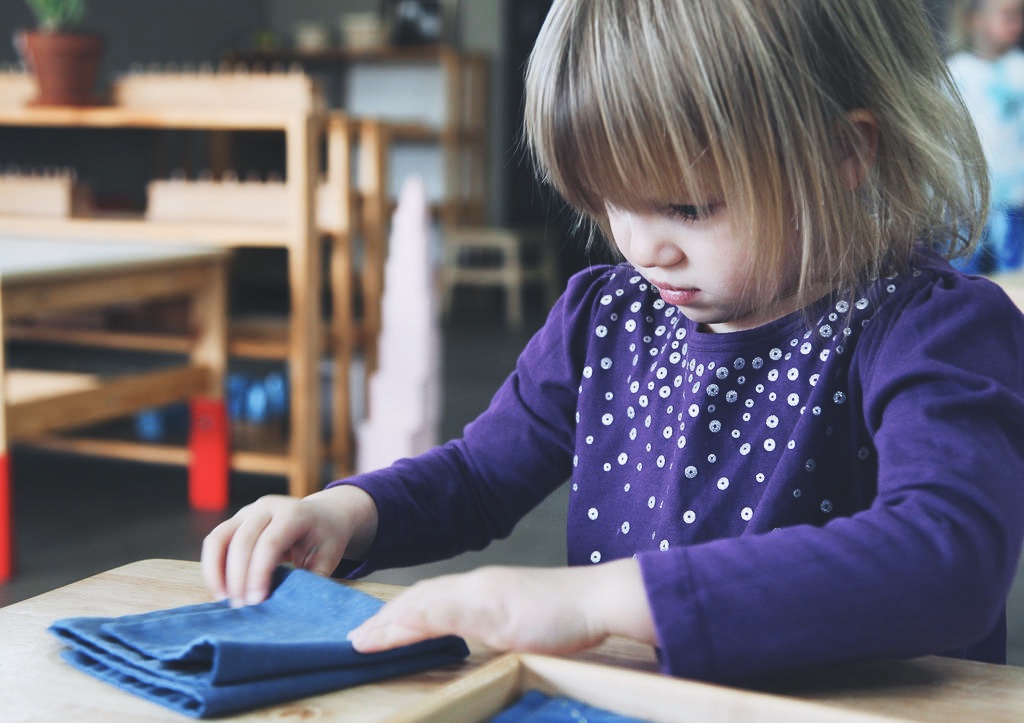
This would certainly awaken in me the desire to hoard. Best not let anything out of your sight, lest someone take it! It would definitely not make me feel particularly generous.
When we make a decision for a child about when they’ve had enough time with an object, couldn’t the same emotions awaken? If a child were fearful about something being taken away from them, might they not take things from others? Is it possible, out of the desire to encourage sharing, generosity, compassion, these precise emotions are being hindered from growth?
Is it also possible, through allowing children to work with a material to their heart’s delight, that an inner peace might be cultivated, an inner peace which might be tapped into when the child approaches the shelf and notices their favorite material is currently in use.
Momentary disappointment might be assuaged by the reassurance that there is a room full of materials available to them, and they can trust the child who is using the material will return it to the shelf when they are finished. The child knows how much they love this material, and their friend enjoys it, too. This is empathy.
“ Whenever they have finished, the child does not abandon their work. They don’t expect an adult or a friend to put it away for them. ”
The final component of our most basic rule is that a child returns a material to the shelf ready for the next person to use.
Whenever they have finished, the child does not abandon their work. They don’t expect an adult or a friend to put it away for them.
Buckets will be dry, beads will be in their container, pencils will be sharpened.
Help can be offered, but not demanded. The freedom to choose the next work is contingent upon this discipline to return items ready for their classmates to enjoy. Every material has a place, so everyone knows where to go to look for the Verb work, the Stamp Game, Sewing.
Without self-discipline, options are not available to a child. They are the ones in charge of how much Freedom they can handle. With increased Freedom, comes increased Discipline. A greater ability to care for others, to help facilitate both the Freedom and Discipline expressed in the classroom. The two are inextricable, and necessary for the growth, joy, and opportunities for each child, and for the community.
Written by:
Charlotte Snyder
